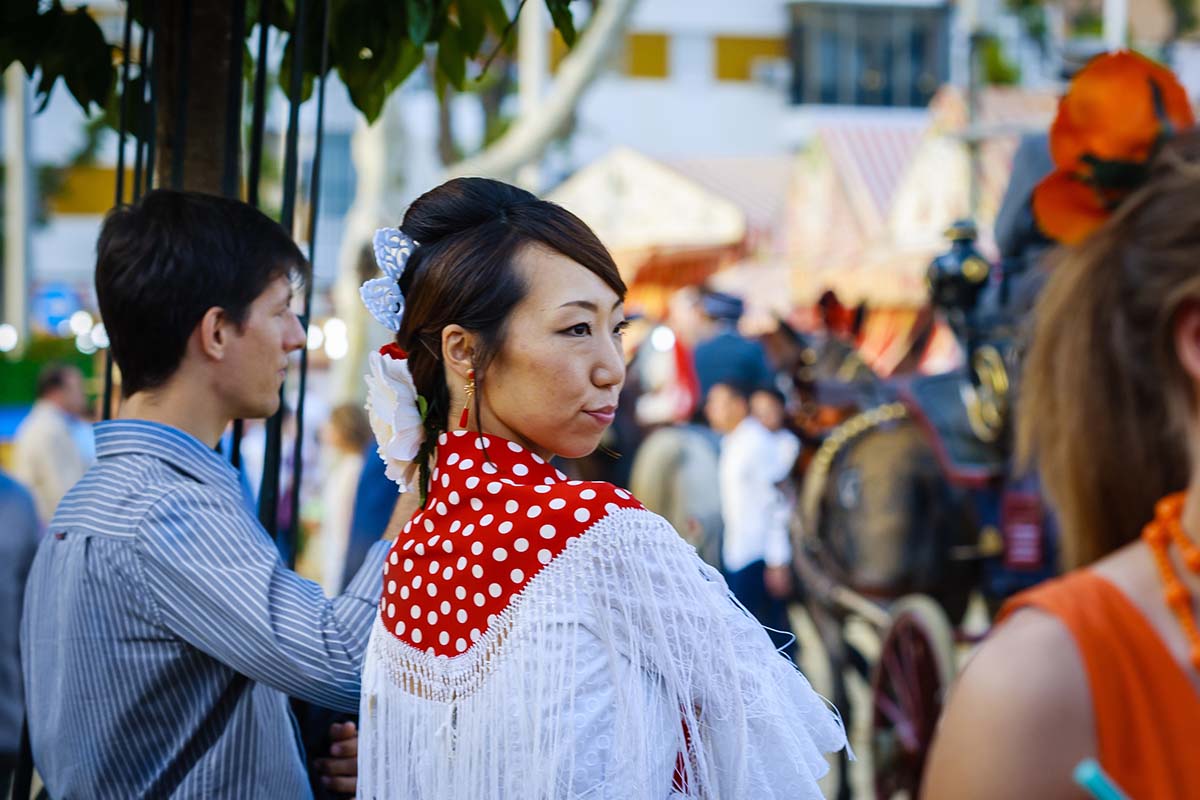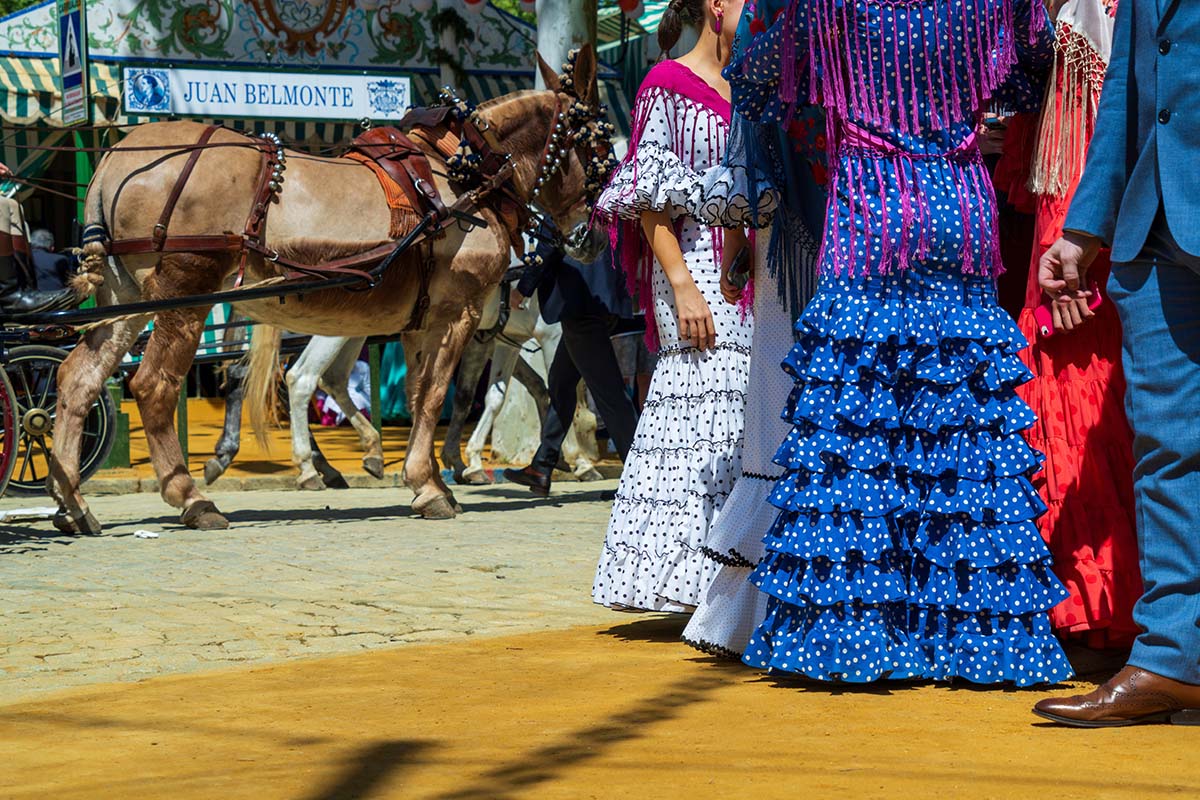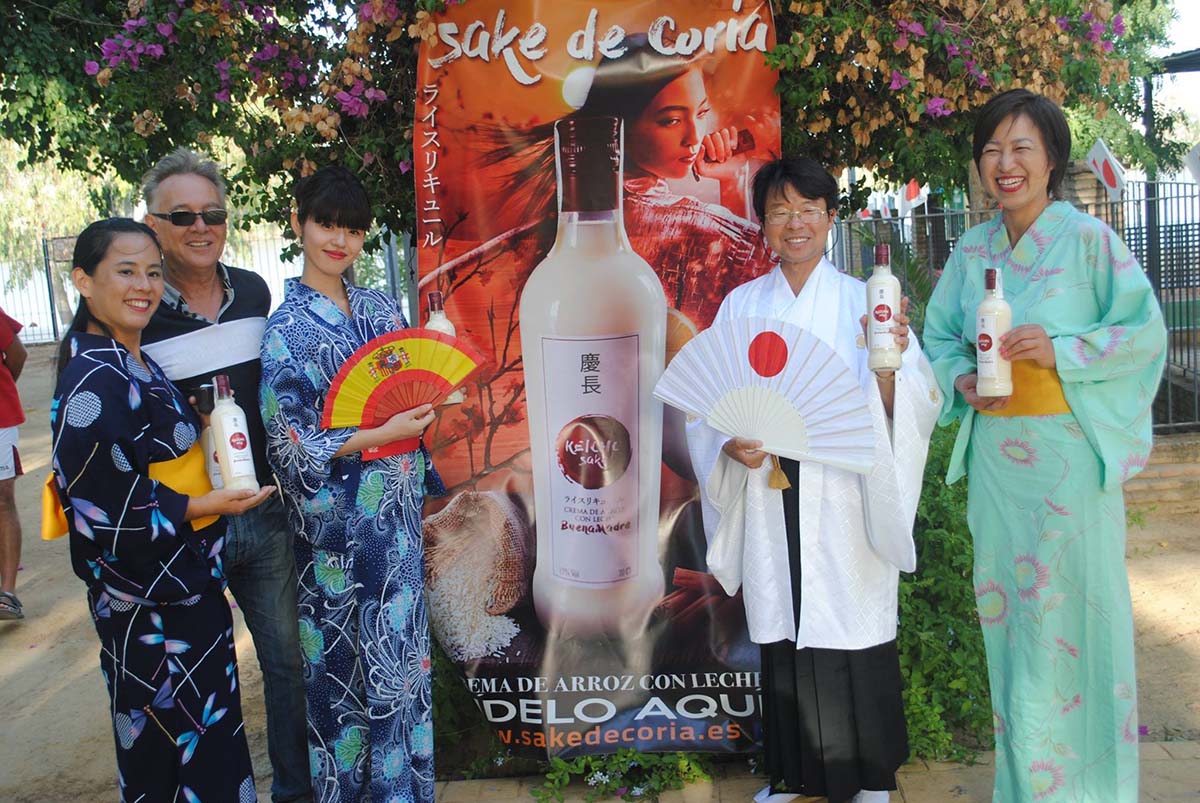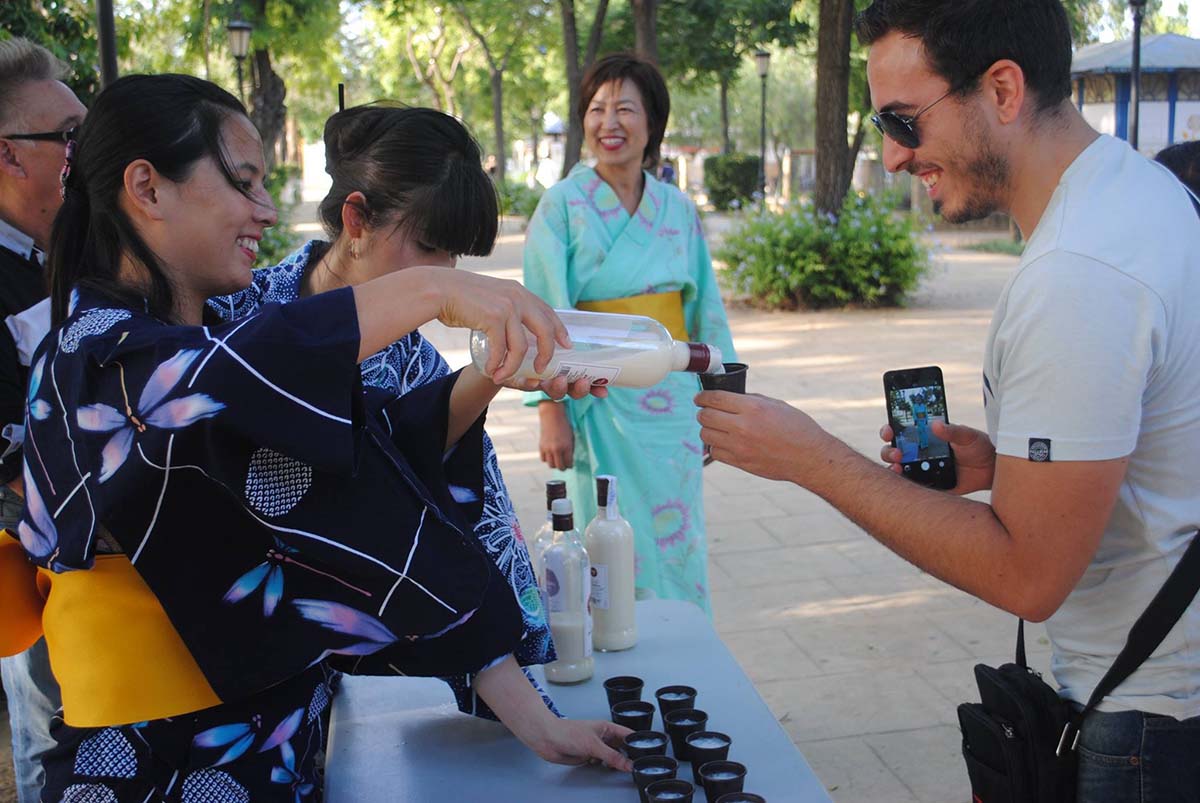This is a story of six samurai, one riverbend, centuries of cross-cultural confluence.In southern Spain, just a short ride from Seville, Coria del Río looks and feels like any typical Andalusian town: whitewashed facades, narrow streets, the ever-present scent of orange blossoms and river air. But there’s something different here, something you don’t spot in every pueblo. Many of its residents carry the surname Japón (“Japan” in Spanish), a traceable link to a Japanese diplomatic mission of the early 17th century. And that link doesn’t just linger in dusty books — it courses through the town’s modern identity.
The story begins in 1613 when Hasekura Tsunenaga, a samurai in the service of Date Masamune (daimyō of Sendai), headed what’s known as the Keichō Embassy. The mission was ambitious: to open trade and diplomatic relations between Japan, Spain, and the Vatican. Over many sea miles, diplomatic receptions, and cultural crossing zones, Hasekura and his entourage made their way to Europe, eventually travelling to Seville and Coria del Río via the the Guadalquivir River.
When the embassy was wrapping up around 1617, six members (samurai) reportedly decided not to return to Japan. Political change — Japan was veering toward isolation under the Tokugawa shogunate — plus perhaps faith, ties, or simply a desire to stay somewhere new: these conscripts of history planted roots in Coria del Río. Of course, this is the super condensed version of the narrative.
Centuries later, the clearest trace of their presence isn’t in artifacts or ruins — it’s in a name.


Japón: more than a surname, a living emblem
You won’t need to dig through archives to find the “Japón” name in Coria. Over 600 — some reports say up to 700 — people in a town of about 30,600 (as of the April 2025 City Council census) are registered with that surname. In effect, around 2–3% of Coria’s population. That’s small in absolute numbers, but huge symbolically.
And yes, the name is historically verified. Records from parish archives and municipal registers officially document the appearance of the Japón surname as early as the 17th century, directly tied to descendants of the Keichō mission. The name first shows up in official documents in the mid‑1600s, with the oldest known mention found in a will dated 1642, decades after the embassy’s return. It seems that in many cases, when local church officials struggled with unfamiliar Japanese names, or when naming rules required a Spanish surname, people adopted “de Japón” (of Japan), and later simply “Japón.”
What began as a pragmatic label — a way to fit unfamiliar names into local records — has since evolved into a powerful marker of identity, echoed not only in documents, but in monuments, traditions, and everyday life.
Monuments, exchanges, and identity in the everyday
Coria del Río doesn’t treat this history like a museum piece — it’s part of daily life. A statue of Hasekura Tsunenaga, donated by the city of Sendai, the capital of Japan’s Miyagi Prefecture, in 1992, stands beside the Guadalquivir River. It’s more than a tribute to a storied past — it’s an homage to a rich present and a bridge to an ever-evolving future.
There’s also institutional recognition: Coria del Río is twinned with Sendai, and over the years has welcomed visits from Japanese dignitaries — including descendants of the Date clan. One such visit in 2020 brought Yasumune Date, the current head of the family, to the town.
That connection isn’t just diplomatic — it’s cultural and personal. Every so often, Coria hosts events that celebrate its Japanese ties: music, festivals, exhibitions rooted in a shared past. These aren’t superficial gestures. For many residents bearing the Japón surname, this legacy shapes their sense of identity. Not as some exotic curiosity, but as lineage. As pride, curiosity, and respect.
Every so often, Coria hosts events that celebrate its Japanese ties: music, festivals, exhibitions rooted in a shared past.
One of the most poignant of these moments comes each August, when locals gather along the riverbank for Toro Nagashi — the floating lantern ceremony. As night falls, candlelit paper lanterns are set adrift on the Guadalquivir, a quiet tribute to ancestors and a symbolic gesture of guiding spirits home. It’s a Japanese tradition, yes, but here it feels deeply local too — a ritual that bridges two cultures with grace and light.
FUN FACT : Every October, Coria hosts a Japanese Cultural Week with calligraphy workshops, taiko drumming, kimono demos, and fusion food events — it’s one of the most unexpected cultural mashups in southern Spain.
PRO TIP : If you’re in town during that week, make a reservation at local favorite Restaurante Sevruga — their special menu often features Japanese-Andalusian crossover dishes like crispy fried quail thighs with a soy-teriyaki reduction, sole with white asparagus in a squid ink tempura,and tuna tataki with salmorejo glaze.
Not genetics, but belonging
Here’s where the story gets nuanced. A 2014 genome-wide DNA analysis of 101 people (50 men and 51 women) with the surname Japón from Coria del Río did not find definitive genetic evidence directly linking them to Japanese ancestry from the specific historical event of Hasekura Tsunenaga’s delegation, the study was limited in scope and used methods available at the time. The surname itself remains one of the most unique and enduring symbols of East-West cultural contact in European history. Over centuries, intermarriage and assimilation may have gradually obscured genetic traces, even as this remarkable ancestral marker has been preserved through name and memory.
What matters is continuity: stories, surnames, monuments, community memory. The interdisciplinarity of history, anthropology, genealogy, cultural studies all come together here. They remind us that cross‑cultural legacies often persist in unexpected ways — not always through blood, but through belonging.
A town that rewrote the script on identity — 400 years ago
In an age when questions of identity, migration, hybridity dominate global conversations, Coria del Río offers more than a curious footnote. It serves as a model of how different cultures can collide without destroying each other — how they can fuse, in fascinating fashion. It underscores that heritage, while rooted in years of cultural identity, is not necessarily static. It evolves and expands as it is navigated —and negotiated. It lives in how we name ourselves, how we commemorate, how we host strangers in memory and authority.
For many Andalusians, this story asserts that their local identity can reach far beyond the horizon. For Japanese observers, there is something deeply moving about seeing one’s past carried in another land, reshaped, honored. For everyone, it shifts the frame: migration doesn’t always end in loss; sometimes it ends in an added root.



FUN FACT : Keicho Sake — Spain’s only cinnamon-infused sake — was born in Coria del Río, blending Japanese sake-making tradition with Sevillian rice pudding, thanks to locals Antonio Bizcocho and Enrique Acosta paying homage to a 400-year-old samurai legacy.
PRO TIP : Don’t leave Coria without a bottle of the sake!It’s a souvenir that tells a story and starts a conversation.
What’s next for Coria and its Japón legacy
The challenge now is to keep the link alive in ways that feel meaningful to younger generations. Schools integrating this history, cultural exchanges, language workshops, perhaps arts residencies. Coria already has a local council for relations with Japan, with budget toward cultural programs.
Also, there’s a tourism angle — but handled carefully. The Japón story draws visitors, scholars, Japanese tourists. But the risk is turning people into props. Coria seems aware of that delicate balance, with the Asosacion Hispano Japonesa Hasekura de Coria del Río striving to maintain a mutually enriching relationship between both cultures. The goal — or at least the hope — is a history that continues to respect both sides: the Spanish present, and the Japanese past, building toward a richer, even more harmonious future.
Coria del Río might not be huge. It might not be globally famous. But among stories of diaspora and multicultural collision, it ranks high. Six samurai and four centuries later, it is still a town that answers “Yes” when you ask whether history and identity can cross oceans, take root, and flourish. It’s not just about what we inherit. It’s about what we choose to remember — and how we build new identities on old voyages.




